Across the globe, some churches stand as architectural marvels and spiritual havens, attracting millions with their grandeur and significance. Each church on this list has an incredible story, showcasing dedication, faith, and awe-inspiring artistry. Covering vast areas, these sanctuaries are revered for their size and splendor. Here are the largest churches in the world, where every inch tells a story of devotion and mastery.
St. Peter’s Basilica – Vatican City
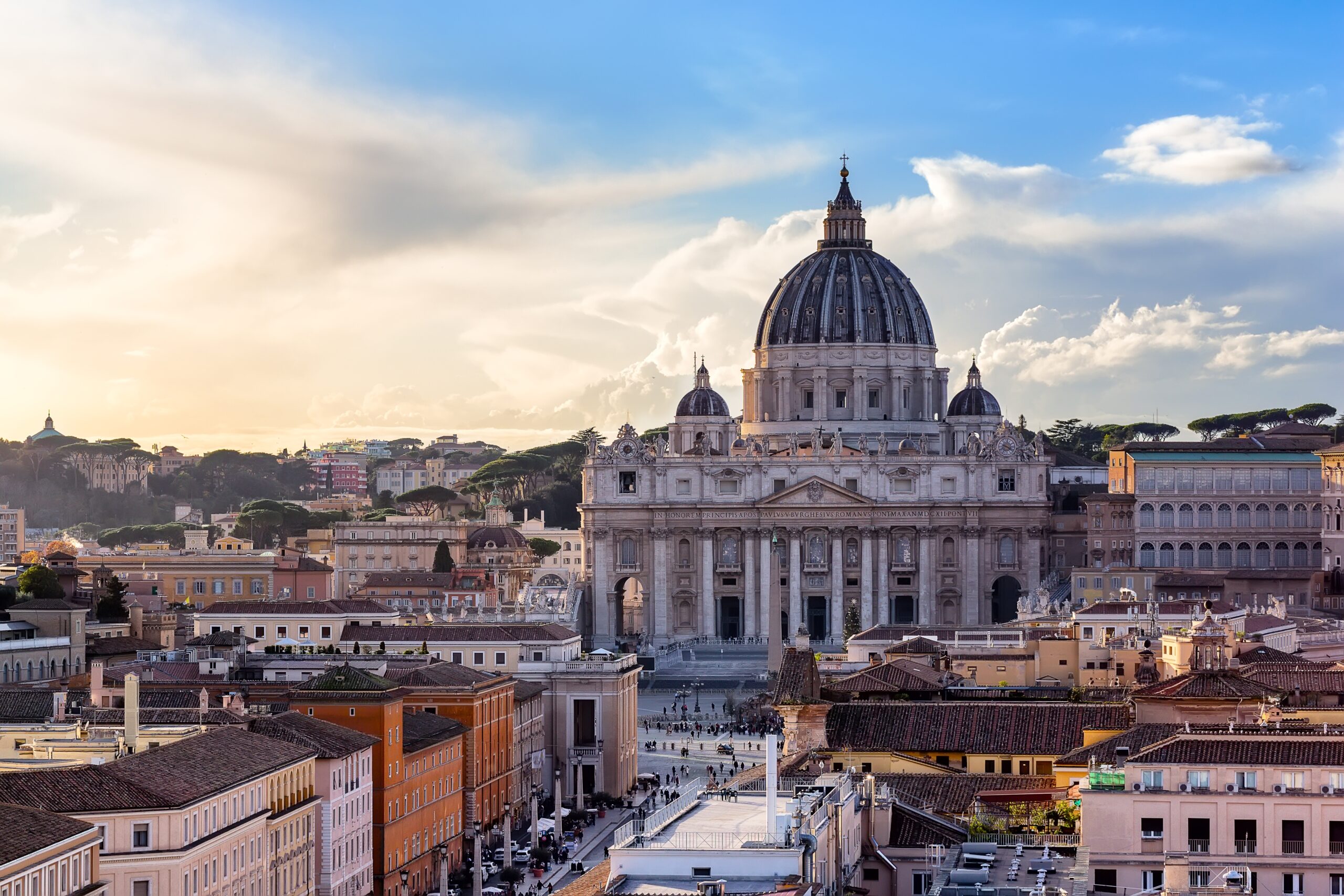
St. Peter’s Basilica, located in Vatican City, is one of the most iconic and largest churches worldwide. Completed in 1626, it spans an area of 15,160 square meters, making it a marvel of Renaissance architecture. This church is recognized for its immense dome, designed by Michelangelo, towering above Rome. Bernini’s grand colonnade surrounds the open square outside, enhancing its magnificent scale. St. Peter’s also holds historical significance as the burial site of Saint Peter, one of Jesus’ apostles. The interior, adorned with mosaics and sculptures, reflects unparalleled artistry and devotion. Visitors from all around the world come to experience its spiritual and architectural grandeur.
Basilica of the National Shrine of Our Lady of Aparecida – Brazil
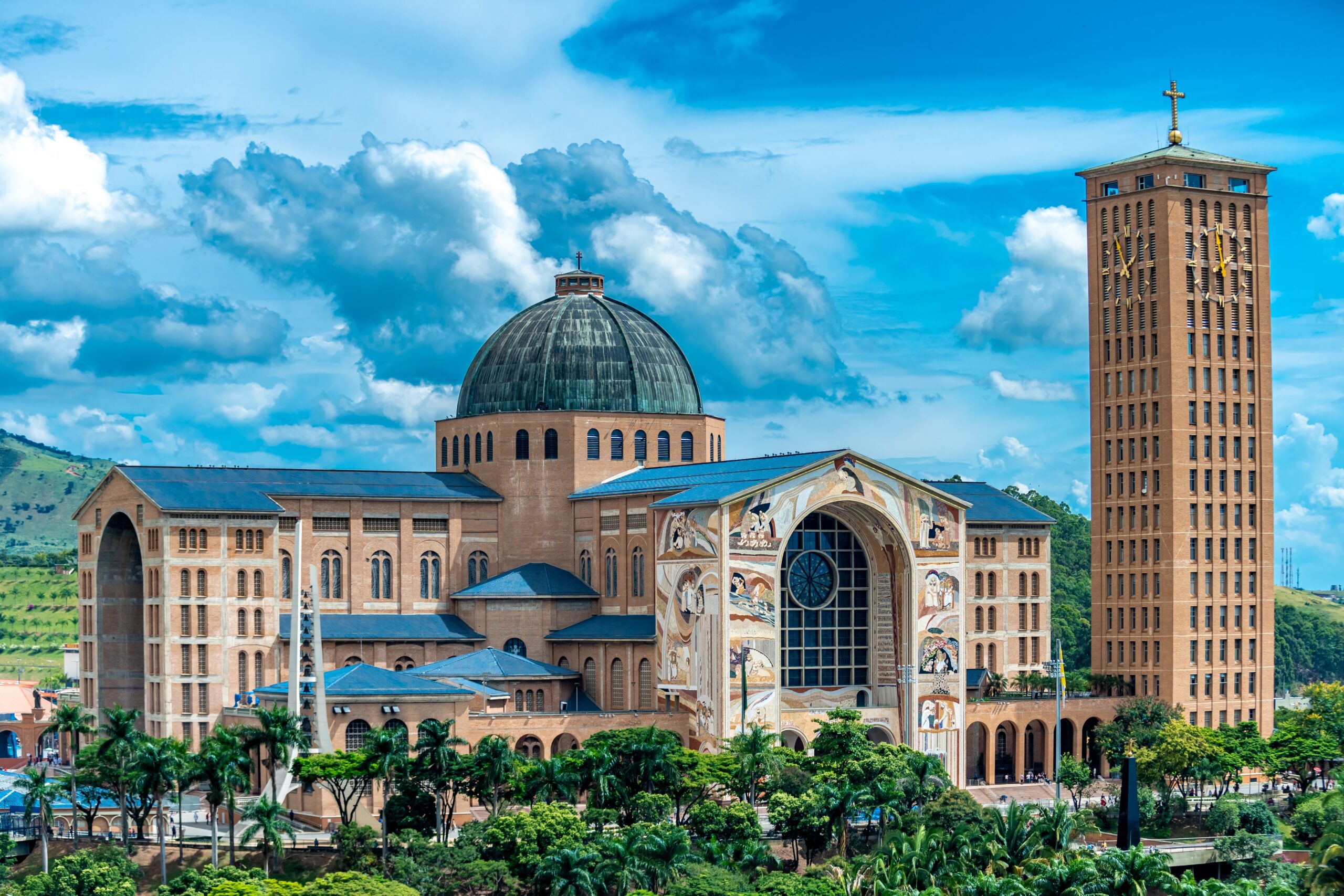
This basilica, located in Aparecida, Brazil, holds the title of the second-largest church worldwide, covering an area of 12,000 square meters. Construction began in 1955 and concluded in 1980, marking a modern architectural achievement. It serves as a major pilgrimage site dedicated to Our Lady of Aparecida, Brazil’s patron saint. The church’s design includes a towering 100-meter-high belfry and a spacious, open nave accommodating tens of thousands of worshippers. Its interior features blue tiling and intricate artwork that pay homage to Brazilian culture and faith. Each year, millions visit this basilica, underscoring its role in Brazil’s religious identity.
Milan Cathedral – Italy
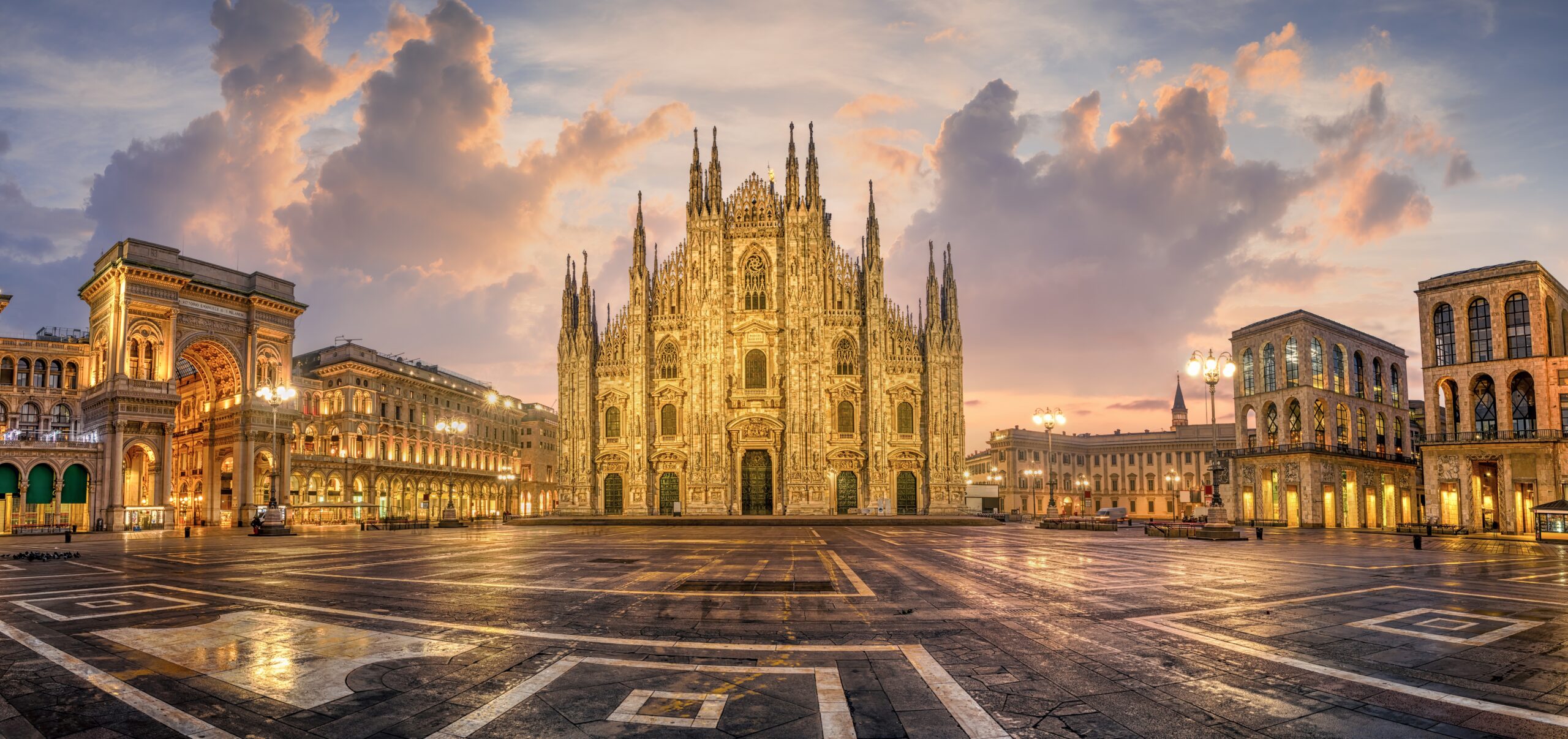
Milan Cathedral, also known as the Duomo di Milano, is an architectural jewel situated in Milan, Italy. Spanning over 11,700 square meters, it is the largest church in Italy and the third-largest in the world. Construction began in 1386 and took nearly six centuries to complete, resulting in a stunning blend of Gothic and Renaissance styles. The cathedral’s intricate façade boasts over 3,400 statues, adding depth and character to its grand exterior. Inside, towering columns and stained-glass windows create a sense of awe and reverence. Milan Cathedral is not only a religious site but also an iconic symbol of Milan’s rich history and artistry.
Seville Cathedral – Spain
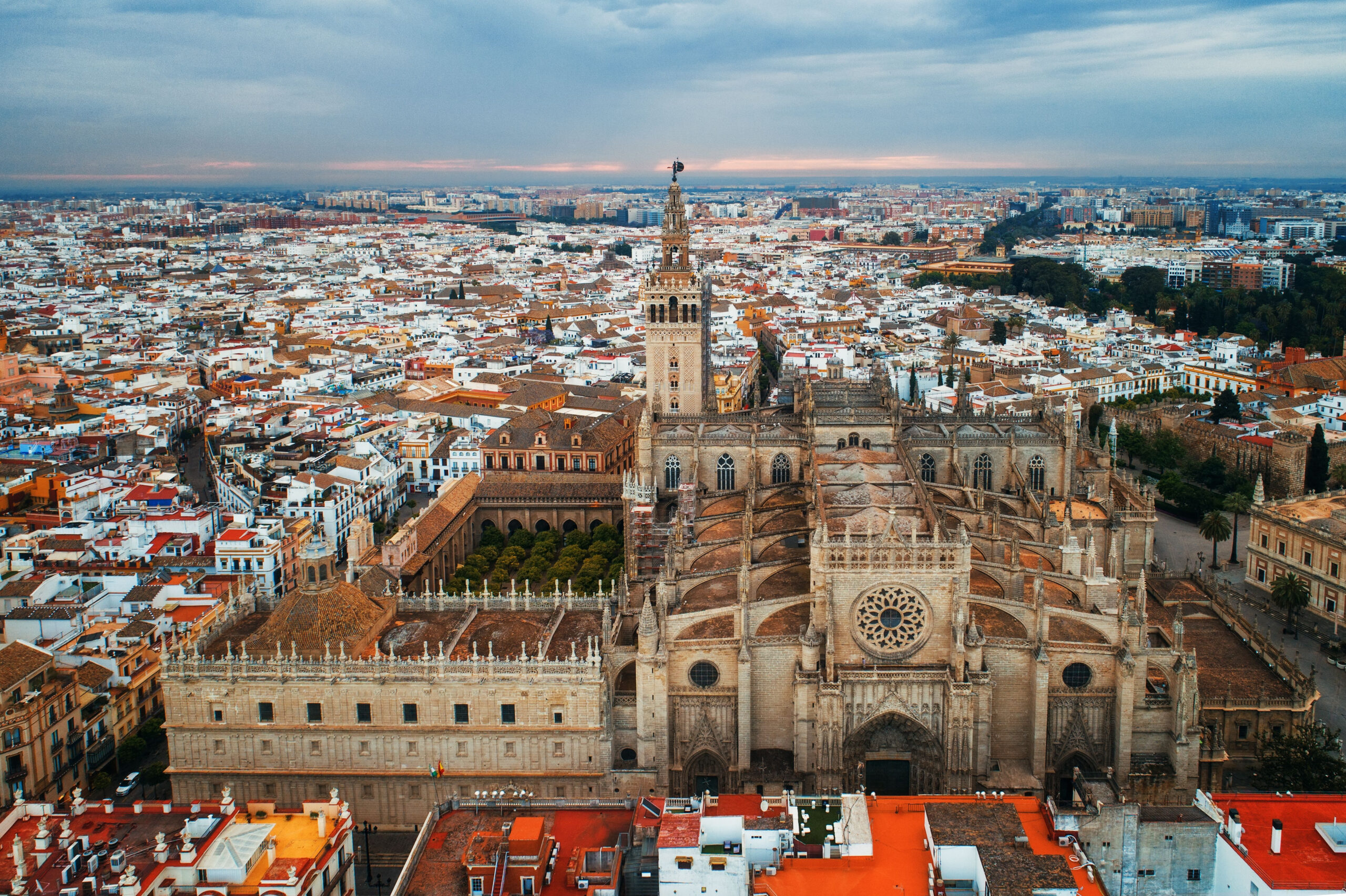
Seville Cathedral, located in Seville, Spain, stands as the largest Gothic church in the world, covering approximately 11,520 square meters. Built between 1401 and 1528, it reflects Gothic, Renaissance, and Moorish architectural influences. The cathedral’s bell tower, the Giralda, was initially a minaret from an earlier mosque, symbolizing its layered history. Inside, visitors are greeted by an immense nave and richly decorated chapels that showcase intricate stonework and religious artwork. Seville Cathedral is also known as the final resting place of Christopher Columbus. Its cultural and historical importance has earned it a UNESCO World Heritage designation.
Cathedral of Saint John the Divine – United States
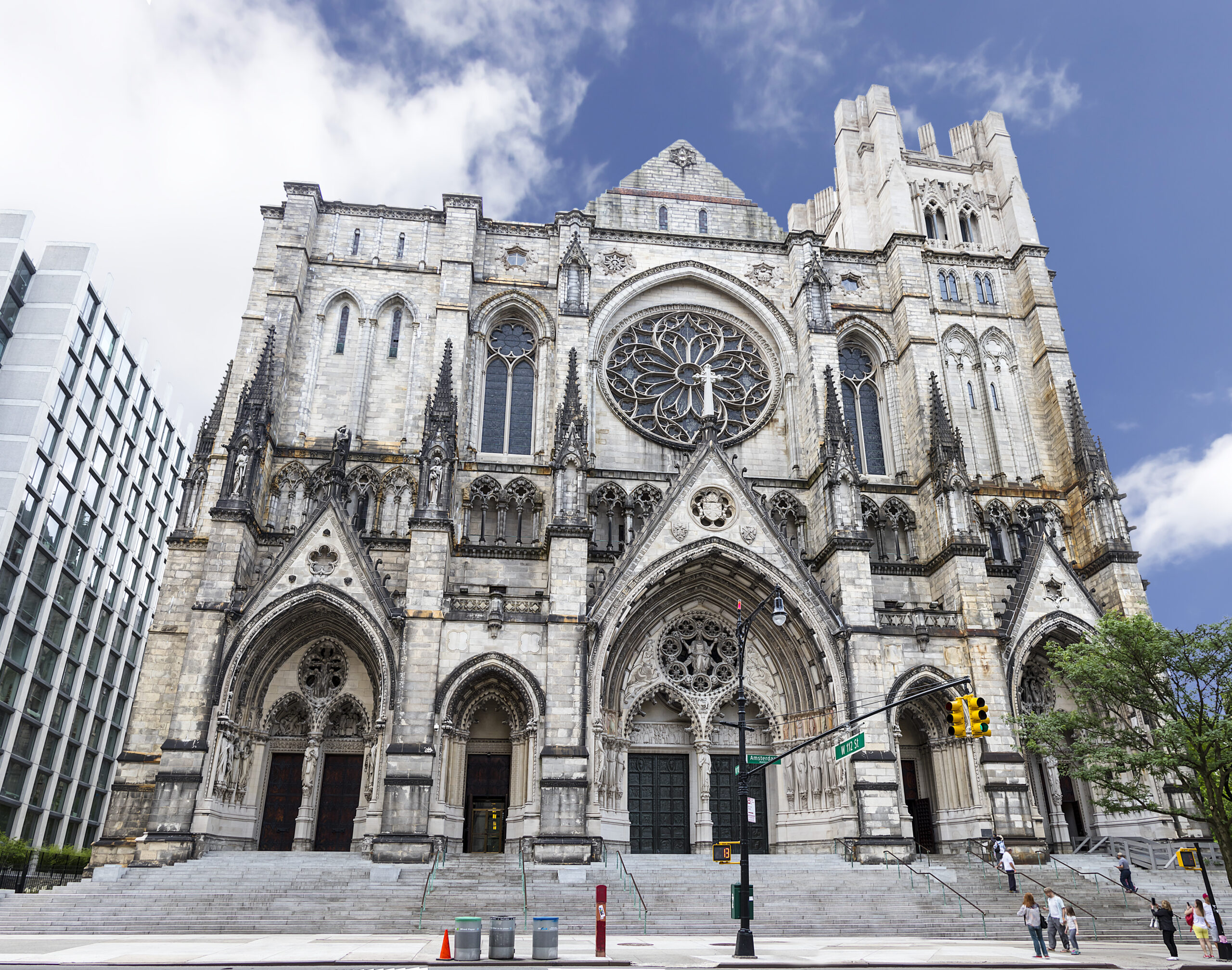
Located in New York City, the Cathedral of Saint John the Divine is one of the largest cathedrals in the world, covering around 11,240 square meters. Its construction began in 1892 and continues today, as the cathedral remains unfinished. Blending Gothic and Romanesque styles, its architecture reflects both traditional and modern elements. The cathedral’s soaring arches and stained-glass windows contribute to its awe-inspiring interior. The space serves not only as a place of worship but also as a community hub for art and cultural events. Its vast interior and ongoing construction make it a unique landmark in the heart of Manhattan.
Basilica of Our Lady of Lichen – Poland

This Polish basilica, situated in Lichen Stary, spans an impressive 10,090 square meters, making it one of the largest in Europe. Construction of this modern basilica began in 1994 and was completed in 2004. The design reflects classic basilica styles with tall columns and a dome that reaches 98 meters in height. Inside, golden embellishments and colorful frescoes create a warm, welcoming atmosphere. It is dedicated to Our Lady of Sorrows, the patron saint of Poland. Each year, millions of pilgrims visit this basilica, finding inspiration in its beauty and size.
Liverpool Cathedral – United Kingdom
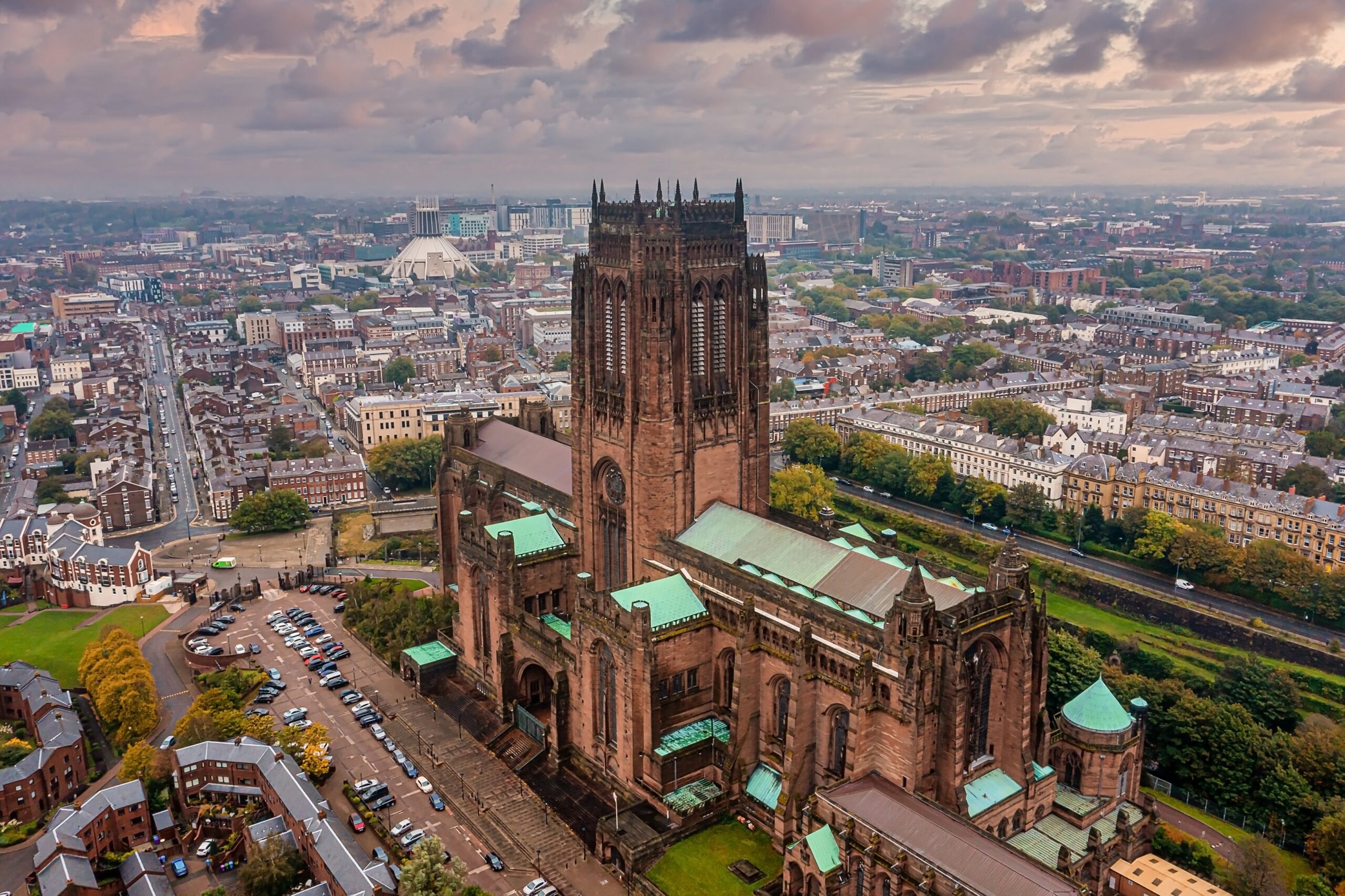
Liverpool Cathedral, located in Liverpool, England, is the largest Anglican cathedral in the United Kingdom, covering about 9,687 square meters. Construction started in 1904 and was completed in 1978, showcasing early 20th-century Gothic Revival architecture. Its towering central tower reaches 101 meters, making it a notable feature of Liverpool’s skyline. The cathedral’s interior includes a vast nave, grand organ, and intricate stained-glass windows. Designed by architect Giles Gilbert Scott, it combines elegance with simplicity. As a symbol of faith and resilience, Liverpool Cathedral is deeply woven into the cultural fabric of the city.
Church of the Most Holy Trinity – Portugal
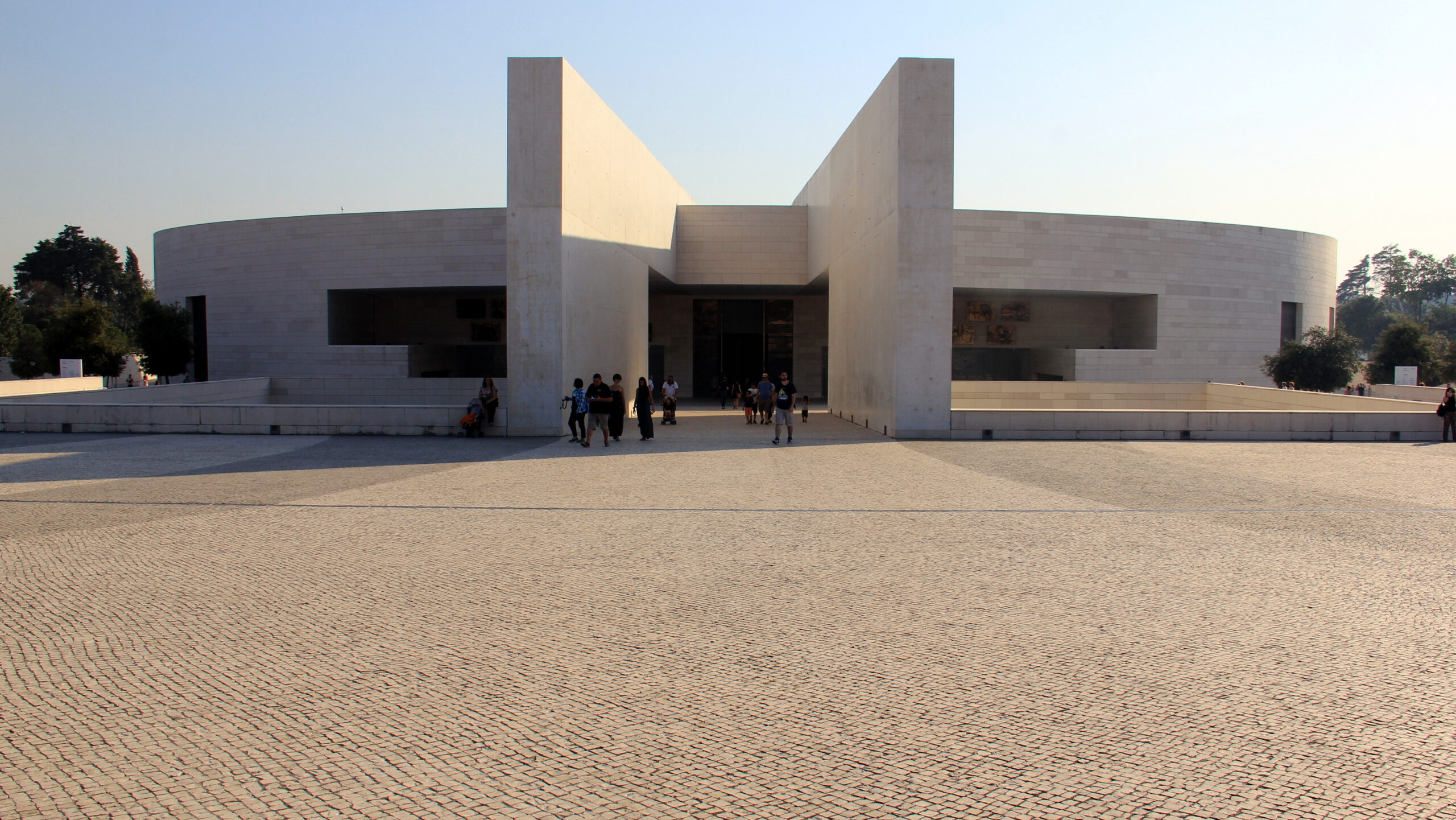
Situated in Fátima, Portugal, the Church of the Most Holy Trinity is a modern basilica completed in 2007. It covers an area of 8,700 square meters, making it one of the largest churches built in recent years. Its minimalist design reflects contemporary architectural trends, focusing on simplicity and functionality. The church seats around 8,000 people, catering to the many pilgrims who visit Fátima each year. Inside, white walls and natural lighting create a serene and contemplative atmosphere. This church stands as a testament to Portugal’s enduring spiritual heritage.
Basilica of St. Paul Outside the Walls – Italy
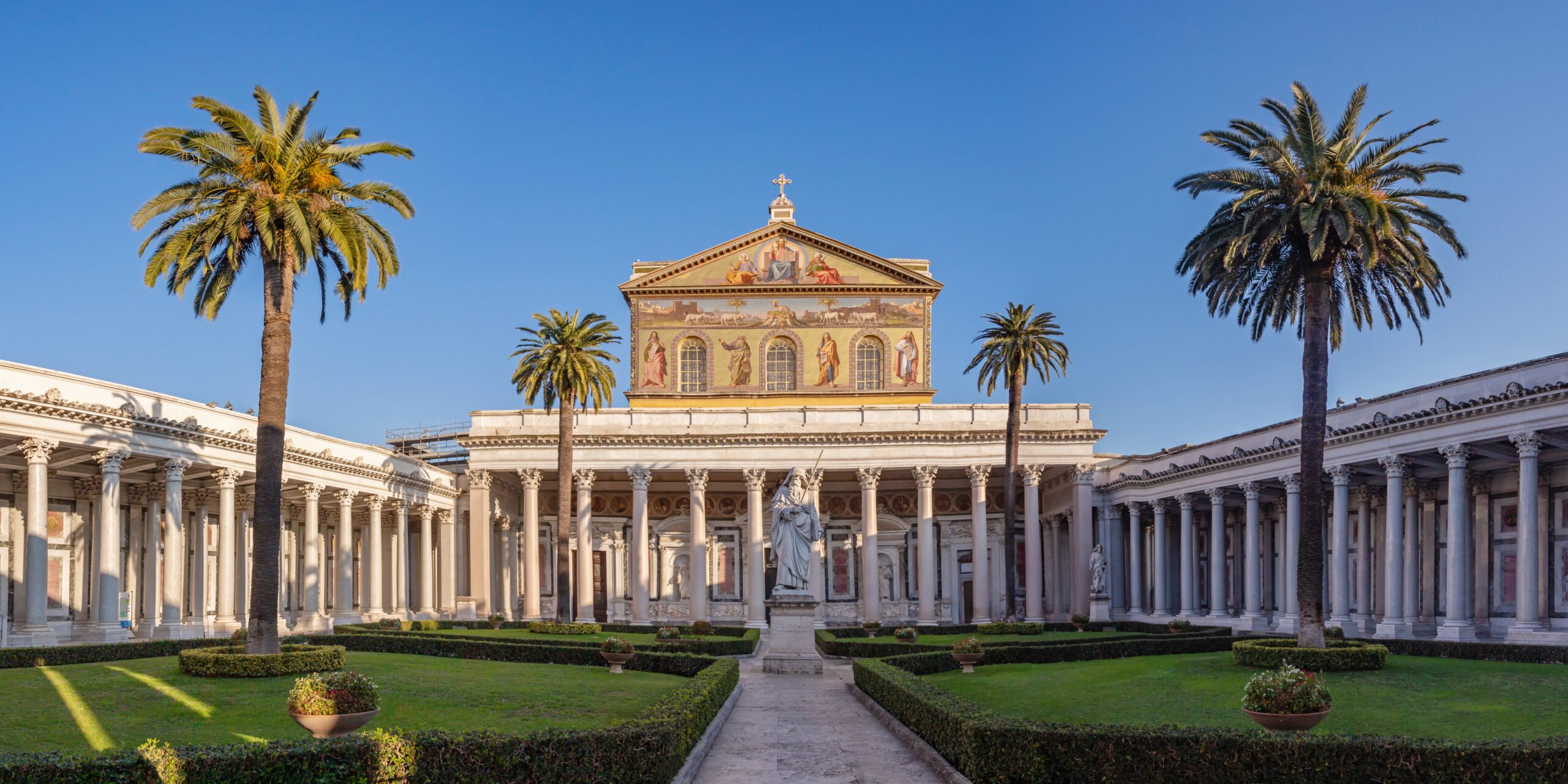
Basilica of St. Paul Outside the Walls, located in Rome, Italy, is one of the city’s four major basilicas, spanning around 8,515 square meters. Originally built in the 4th century, it was largely reconstructed after a fire in 1823. The basilica is renowned for its colonnaded courtyard and elaborate mosaics that adorn its façade and interior. Inside, visitors find vast spaces framed by towering columns and a gold-trimmed altar. Dedicated to Saint Paul, the basilica houses his tomb, making it an essential site for Christian pilgrims. Its grandeur and historical significance make it a prominent landmark in Rome.
Ulm Minster – Germany

Ulm Minster, located in Ulm, Germany, is renowned for having the tallest church steeple in the world at 161.5 meters. This Gothic masterpiece spans an area of approximately 8,260 square meters, making it one of the largest churches in Europe. Its construction began in 1377 and was completed in 1890, showcasing Gothic architecture at its finest. Inside, visitors are met with towering columns and stunning stained-glass windows that flood the interior with natural light. Ulm Minster remains an active Protestant church, attracting visitors for both worship and architectural admiration. The church’s towering steeple offers panoramic views of the surrounding city and countryside.
Basilica of Our Lady of Peace – Ivory Coast
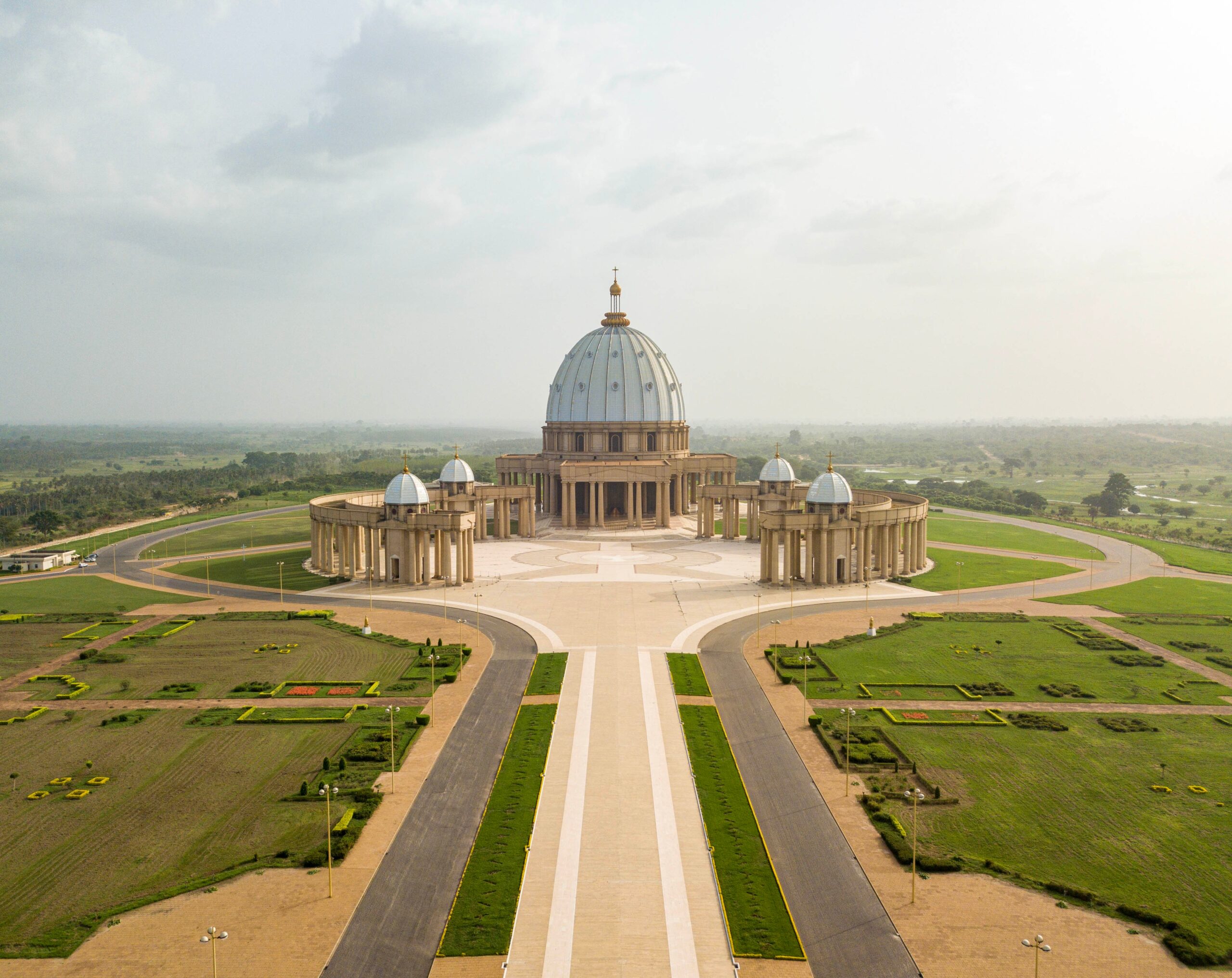
Situated in Yamoussoukro, Ivory Coast, the Basilica of Our Lady of Peace is one of the largest churches in the world, covering an area of about 8,000 square meters. Completed in 1989, it was inspired by St. Peter’s Basilica and showcases modern architectural design with African influences. The basilica’s dome, standing 158 meters tall, adds a monumental presence to its design. Its interior can accommodate over 18,000 people, with a serene ambiance created by colorful stained-glass windows. This basilica serves as a spiritual and cultural landmark in Ivory Coast, drawing both worshippers and tourists. Its grandeur has earned it a place in the Guinness World Records for its vast size.
Basilica of Saint Thérèse – France
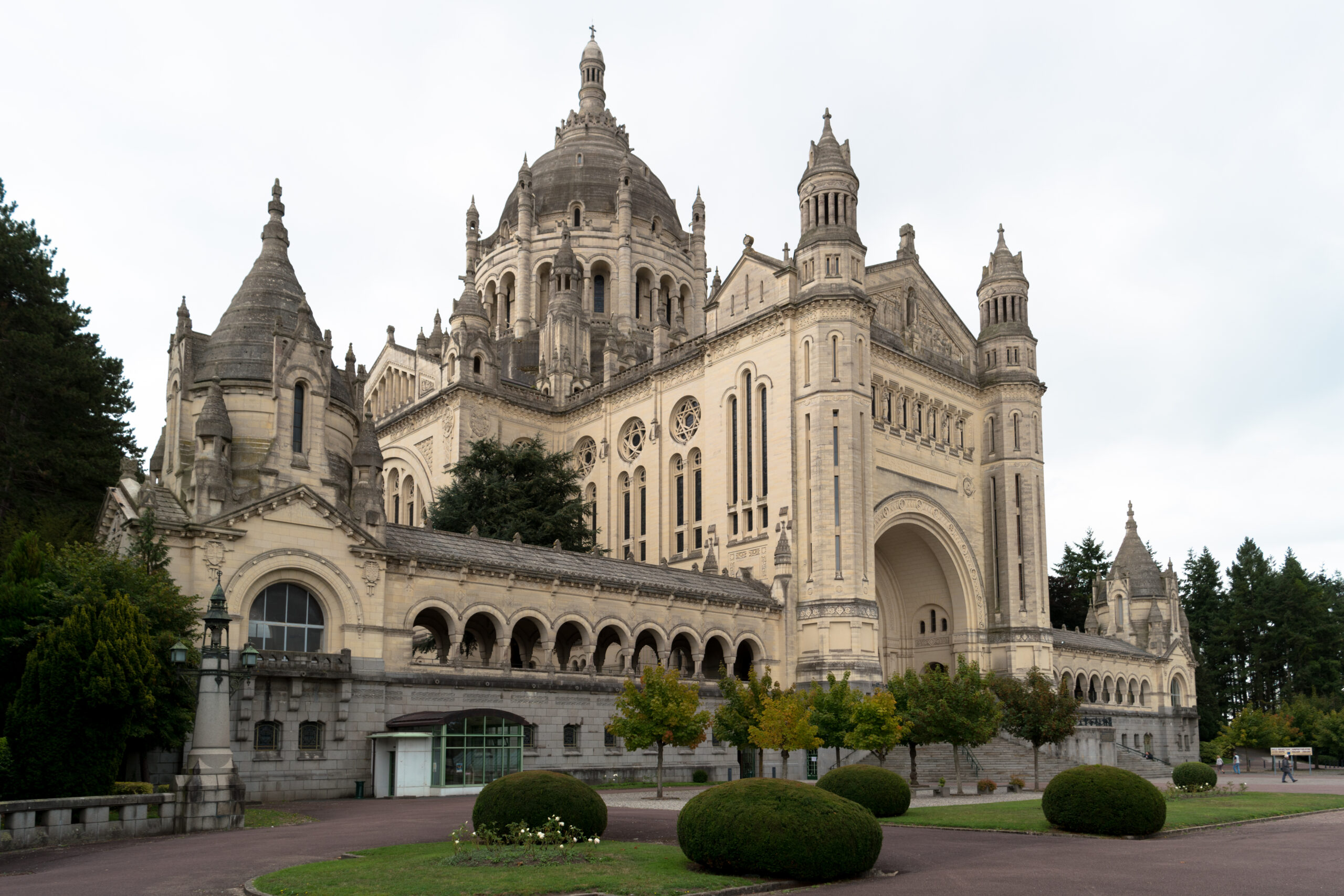
Located in Lisieux, France, the Basilica of Saint Thérèse is dedicated to Saint Thérèse of Lisieux, a beloved figure in French Catholicism. Completed in 1954, it spans an area of approximately 4,500 square meters, making it one of France’s largest basilicas. The church’s design reflects a blend of Byzantine and Romanesque styles, creating an impressive and welcoming space. Inside, visitors find vibrant mosaics depicting Saint Thérèse’s life and teachings. The basilica can host thousands of pilgrims, who come to honor the saint known for her “Little Way” of faith. It stands as a significant pilgrimage site, especially for admirers of Saint Thérèse’s legacy.
Cathedral Basilica of Our Lady of Amiens – France
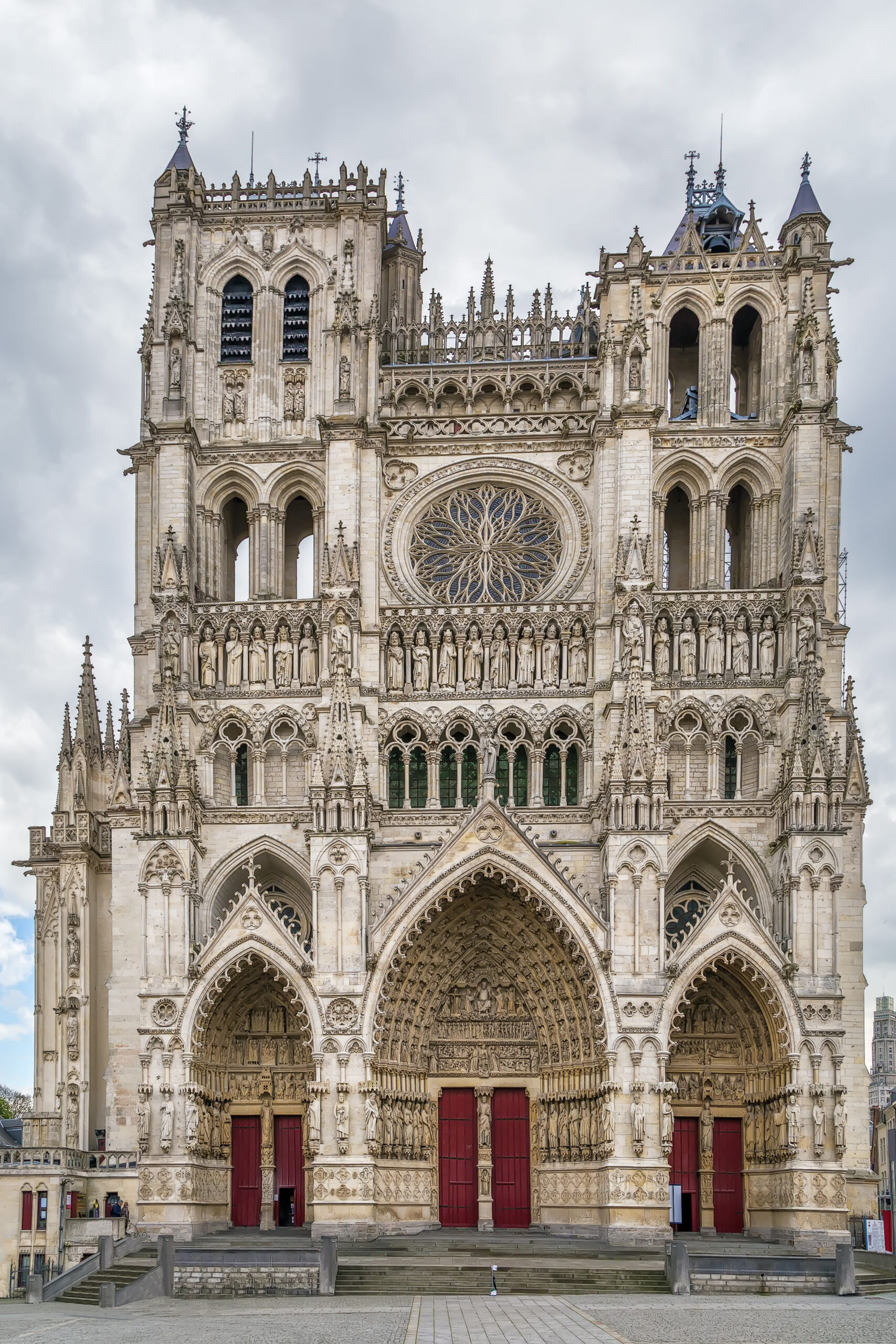
The Cathedral Basilica of Our Lady of Amiens, located in Amiens, France, is one of the largest Gothic cathedrals in the world, covering 7,700 square meters. Completed in 1270, it showcases the height of Gothic architecture, with soaring vaulted ceilings and intricate stone carvings. The cathedral’s façade features detailed sculptures that narrate Biblical stories, offering both beauty and religious education. Inside, tall columns and stained-glass windows create an ethereal atmosphere. It was built to hold large crowds, accommodating the needs of medieval pilgrims. The Amiens Cathedral is a UNESCO World Heritage site, celebrated for its architectural and historical significance.
Basilica of the Sacred Heart – France
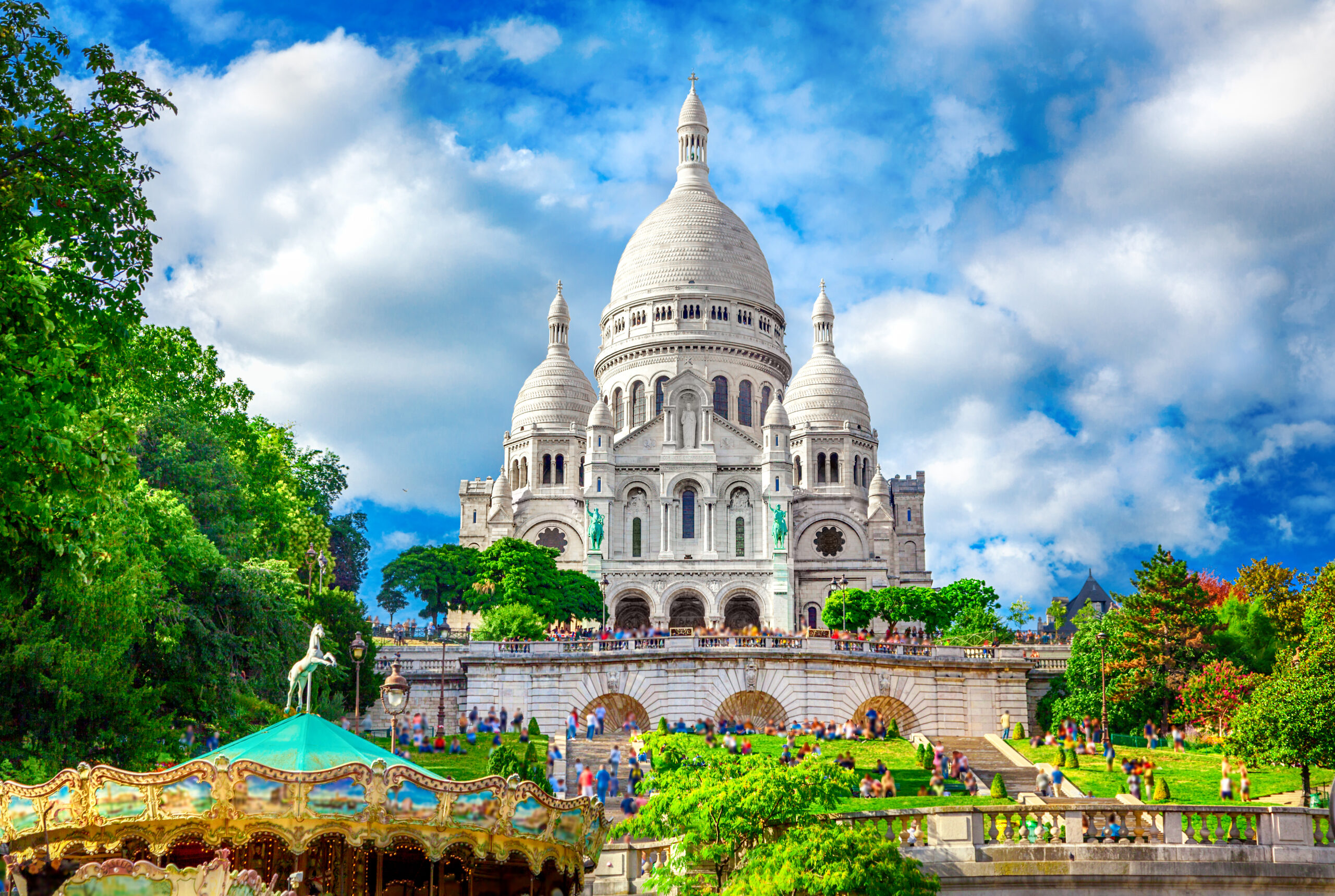
Located atop Montmartre in Paris, the Basilica of the Sacred Heart, or Sacré-Cœur, is an iconic symbol of the city. Completed in 1914, it spans about 5,000 square meters, blending Romanesque and Byzantine architectural styles. The church’s striking white domes make it a notable landmark visible from various points in Paris. Inside, the basilica features one of the world’s largest mosaics, depicting Christ in Glory, which creates a striking visual impact. Its elevated location provides stunning panoramic views of Paris, making it a popular destination for both tourists and worshippers. Sacré-Cœur continues to be a center for perpetual adoration, emphasizing its spiritual importance.
Basilica of Saint Peter and Saint Paul – Czech Republic

Located in Vyšehrad, Prague, the Basilica of Saint Peter and Saint Paul is a significant historical church in the Czech Republic. Originally founded in the 11th century, it was rebuilt in the Neo-Gothic style in the late 19th century. The basilica spans an area of around 1,800 square meters and is known for its striking twin towers and intricate façade. Inside, colorful murals and stained-glass windows enhance its spiritual ambiance. The basilica is also the final resting place of notable Czech figures, adding to its cultural and historical value. Its prominent position overlooking the Vltava River makes it a picturesque and cherished landmark.
This article originally appeared on Rarest.org.
More from Rarest.org
10 Oldest Mountain Ranges in the World
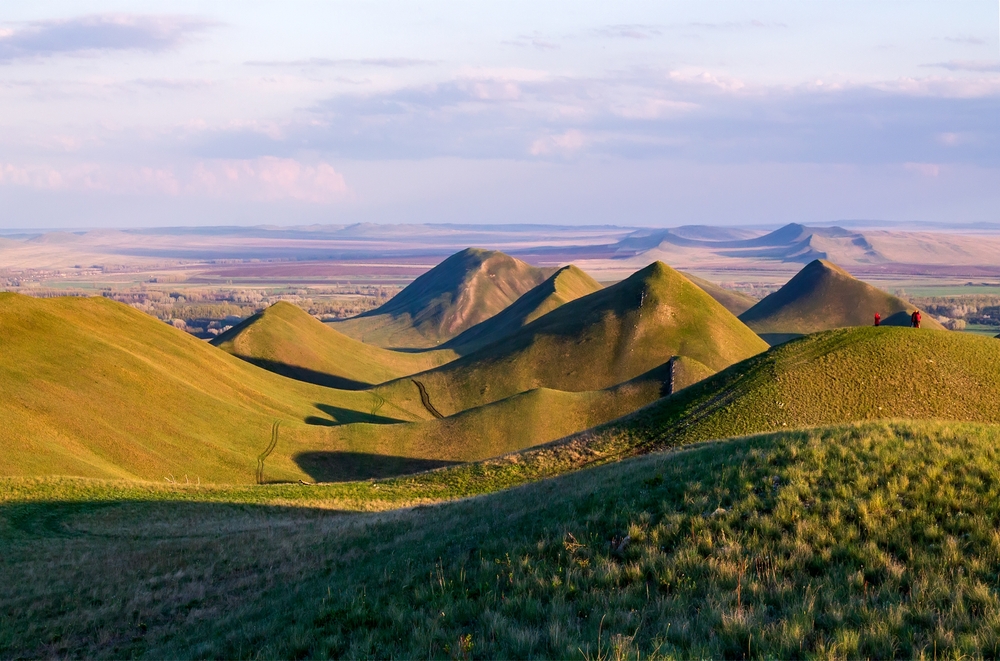
Earth’s oldest mountain ranges are not just breathtaking landmarks; they are also geological wonders that offer insights into the planet’s history and evolution. Read More.
10 Largest Diamonds in the World

Diamonds are some of the most coveted gemstones in the world, known for their brilliance, rarity, and history. Read More.
13 Remote Islands You’ve Never Heard of with Fascinating Histories

Some islands around the world are known for their beauty and isolation, but others hold fascinating, little-known stories that make them truly unique. Read More.
